What is an IoT sensor
An IoT sensor is an Internet-connected device that can sense and communicate. The Internet of Things is a cyber-physical system consisting of a network of physical things with embedded computers. These intelligent things are commonly referred to as IoT devices. They are connected to the Internet and often interconnected to communicate and interact with their internal states or the external environment. The cyber-physical integration allows information technology (IT) and operational technology (OT) to work together and achieve digital transformation of the physical world. Through the use of the IT infrastructure on the Internet, data generated by IoT devices can be gathered and synthesized into actionable insights and collective intelligence which in turn make individual IoT devices smarter and more interoperable. Information exchange and collaboration across a heterogeneous range of physical things transform the way we relate to our environment and enable value-added IoT applications and services such as smart cities, smart buildings, smart homes, and Smart Manufacturing (Industry 4.0).
Sensors are foundational to the IoT perception layer
The “Thing” in the IoT is the entry point of the physical environment to the digital world. An IoT sensor is such a thing. It interacts with the physical world and serves the originator of IoT data. The value that can be obtained from an IoT solution is based on what can be mined by studying data amassed from intelligent things (IoT devices). IoT networks are deployed using a layered architecture. The first architectural component of an IoT network is the perception layer, which is also called the physical layer. The function of the perception layer is to stay engaged with the physical environment so that meaningful data can be collected and IoT applications can be implemented to make sense of all the data collected.
Sensors are foundational to the perception layer. They capture information directly from the physical environment. Contextualization of the sensed information allows IoT devices to understand the totality of the environment and enables implementation of innovative and unconventional IoT features and functions into these devices. Sensors are the underlying elements of the physical layer that feeds IoT systems massive amounts of data required for developing data-driven applications.
What are IoT devices
IoT devices are network nodes embedded with connectivity to communicate with the Internet-based processing layer. The data from sensor nodes and sensor-integrated devices is sent over wired or wireless transmission network. In the IoT world, endpoint connectivity is predominantly provided by wireless transmission media. The network layer connects the things together and enables bidirectional communication between these nodes and the processing layer. The processing layer is where the IoT platform resides.
An IoT platform provides the software infrastructure and services to integrate with IoT devices and blend in with the applications. It delivers a number of capabilities required to enable the deployment of IoT solutions. These capabilities include IoT transformation and connectivity, data and device management, and abstraction of applications from the things. An IoT platform stores, analyses and processes data coming from the perception layer and may employ various IT technologies such as databases, cloud computing and big data analytics to turn raw data into valuable assets. The upper layers of the IoT architecture often incorporate the application and business layers to address user experience and business model with regard to IoT applications and services.
What is a sensor
A sensor itself is a device that can detect an event or a change in its environment and convert the corresponding physical stimulus from one form of energy into another. The physical stimulus can be a mechanical variable (velocity, position, force, torque, pressure, stress, strain, momentum, mass, density), an electrical variable (voltage, current, conductivity, electric field, charge, potential, resistance, capacitance), a thermal variable (temperature, heat, heat flow, thermal conductivity, specific heat) , a radiation variable (intensity, wavelength), a magnetic variable (magnetic field, conductivity, permeability, magnetic flux), a chemical variable (component identities, concentration, pH levels, presence of toxic ingredients, pollutants), or an acoustic variable (wave, wave velocity, spectrum).
The physical mechanism employed to measure sensory input may be thermoelectric, electrochemical, inductive, capacitive, resistive, piezoresistive, optic, electric, fluid mechanic, or photoelastic. Passive sensors work completely on their own. They convert input stimulus energy into the output signal without excitation from an external source of power. Active sensors require external excitation for their operation. The magnitude of a variable can be measured in reference to an absolute physical scale or a variable scale is dependent on the measurement conditions. Absolute sensors produce absolute measurements. Relative sensors produce measurements made through comparison with relative scales. Digital sensors produce binary signals whereas analog sensors produce continuous outputs.
Types of sensors
Sensors come in vast varieties. Different sensors collect different types of information.
- A position sensor (e.g., potentiometer, inclinometer, proximity sensor, eddy-current sensor, hall effect sensor, or photodiode array) measures displacement, distance, position, or length in relation to linear travel, rotational angle, or three-dimensional space.
- An occupancy sensor (e.g., PIR sensor, microwave sensor, or ultrasonic sensor) detects the presence of movement within its given range.
- A velocity sensor or velocimeter measures the speed of movement along a straight line or the speed of rotation.
- An acceleration sensor or accelerometer measures acceleration forces.
- A force sensor such as a force gauge, load cell, viscometer or tactile sensor (touch sensor) detects whether a physical force is applied and determines whether the magnitude of force is beyond a threshold.
- A pressure sensor such as a barometer, bourdon gauge or piezometer usually acts as a transducer and measures the forces applied by liquids or gases.
- An acoustic sensor (e.g., microphone, geophone, hydrophone) detects the sound waves.
- A humidity sensor (e.g., hygrometer, humistor, soil moisture sensor) measures the humidity (amount of water vapor) in the air or a mass.
- A photodetector, also called a photosensor, is a light sensor that detects the presence and amount of visible light, infrared radiation (IR), and/or ultraviolet (UV) energy.
- A radiation sensor (e.g., Geiger-Müller counter, scintillator, neutron detector) detects radiations in the environment.
- A temperature sensor (e.g., thermometer, calorimeter, temperature gauge) measures temperature or a temperature gradient.
- A chemical sensor (e.g., breathalyzer, olfactometer, smoke detector) provides information about the chemical composition of its environment.
- A biosensor (e.g., blood glucose biosensor, pulse oximetry, electrocardiograph) detects various biological elements such as organisms, tissues, cells, organelles, cell receptors, enzymes, antibodies, and nucleic acids.
An IoT sensor is an IoT device
An IoT sensor is not a single sensing element but an embedded system that integrates sensing, processing and communication capabilities. Also referred to a sensor node, it operates independently at the physical (perception) layer as an IoT device. An IoT sensor can collect data alone for other connected IoT devices and applications or cooperate with other sensor nodes to form a sensor network that collects data about the environment at a larger scale and/or with a much wider geographical coverage. It either processes data locally or sends the data to a sink node or a cloud backend for processing the data.
IoT sensors often have to operate on batteries for an autonomy of several years and rely on wireless connectivity to overcome physical barriers, therefore these devices are usually low power and resource-constrained. Overall, sensor nodes are characterized by limited processing, memory and power capacities. They are usually not designed to implement full communication stacks for Internet Protocol (IP) communication that is too resource-intensive for embedded systems. For IoT sensors that do not have native Internet connectivity, an IoT gateway is used at the edge of the network to provide a bridge between the local sensor network and the cloud backend.
Microcontrollers are at the heart of IoT sensors
A microcontroller (MCU) is a small, barebone computer in which a central processing unit (CPU), memory, I/O devices and timers are incorporated in an integrated circuit (IC). Microcontrollers are inexpensive, straightforward, and self-contained systems optimized for IoT devices which typically perform a particular task and execute a dedicated application. The application program (firmware) is stored in flash memory which is also known as erasable-programmable read only memory (EPROM). The CPU decodes written instructions and steps through these instructions to perform data acquisition and device control. The amount of random-access memory (RAM), which is a volatile memory responsible for holding the data and programs being executed, as well as the computational capacity of the arithmetic logic unit (ALU) of the CPU determines the speed of operation and the amount of data that can be processed by a microcontroller and the complexity of the software programs that can be implemented. The simplest IoT sensors operate on 8-bit microcontrollers. 32-bit MCUs are used for doing complex arithmetic and logical operations. The parallel or serial input/output (I/O) ports on the microcontroller connect the CPU to external devices.
Wireless communication
A wireless IoT sensor has a radio transceiver over which a communication protocol is run to enable bidirectional data flow. Network connectivity defines many aspects of an IoT devices, which include interoperability, data transfer rate, communication range and power consumption. The IoT application dictates the communication technology needed for a sensor node. Long range connectivity solutions include low-power, wide-area networks (LPWANs) such as 5G IoT, LTE-M, NB-IoT, LoRaWAN, Sigfox and Ingenu. Medium to short range connectivity solutions include Wi-Fi, ZigBee, Bluetooth, Z-Wave, Thread, etc. The connectivity solution should be selected to address challenges related to interoperability, scalability, latency, reliability and security of the IoT network as a whole.
Typically, industrial automation, autonomous driving and other mission-critical applications have a requirement for ultra-low latency which may necessitate the use of star topologies and cellular networks such as 5G and NB-IoT. For IoT applications that can tolerate some latency, mesh topologies such as Bluetooth and ZigBee provide fault tolerance, high scalability, simplicity of implementation, and maximum level of interoperability.

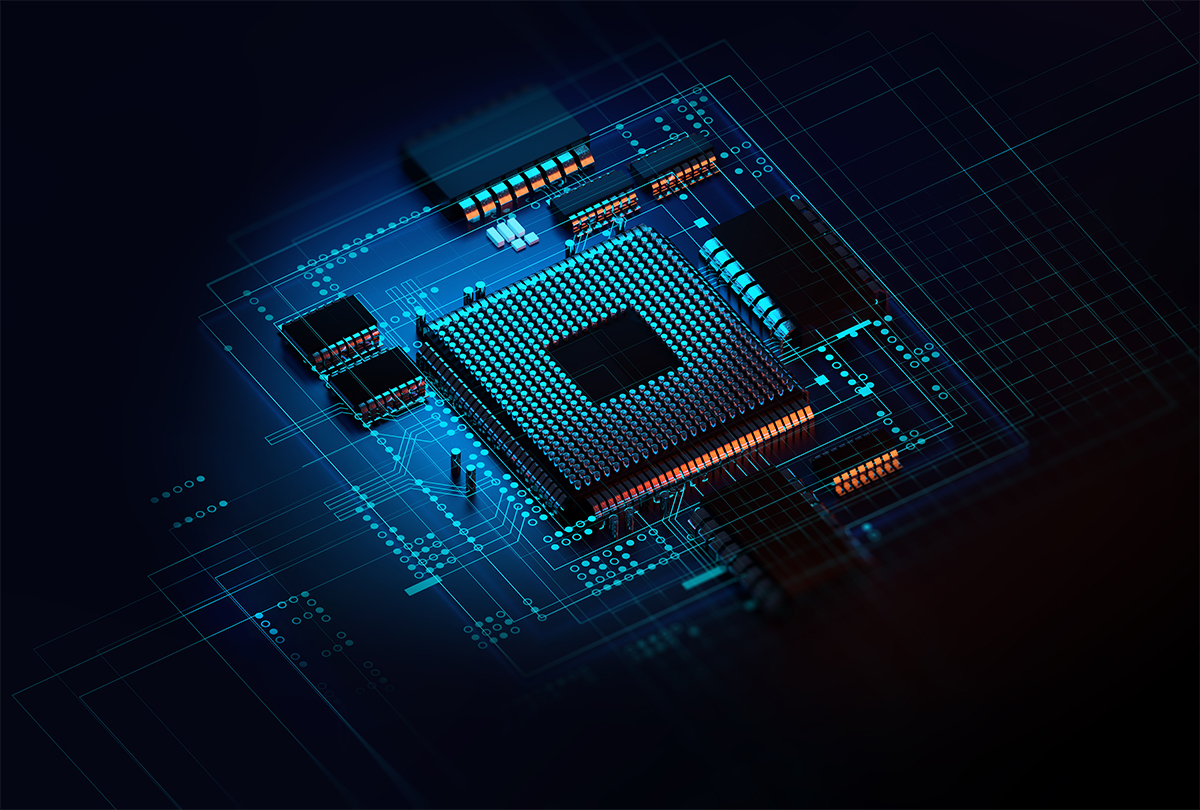
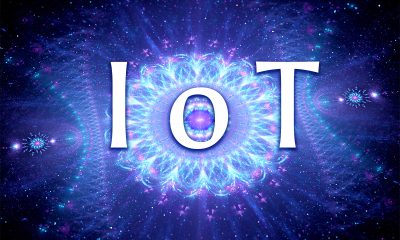
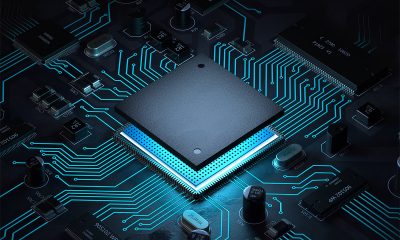
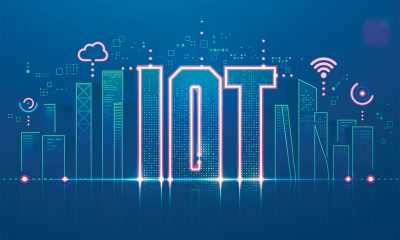
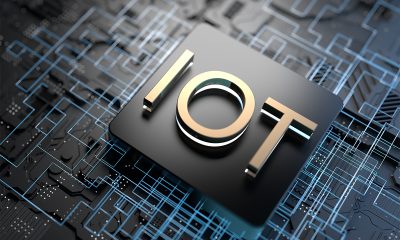
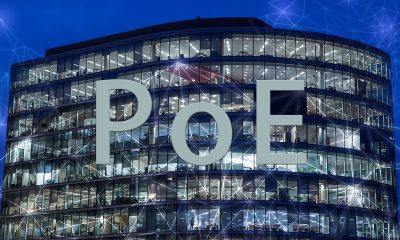
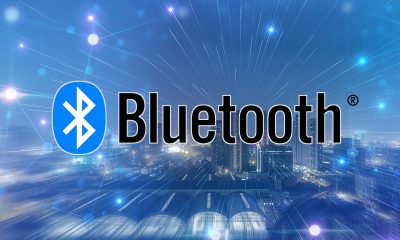
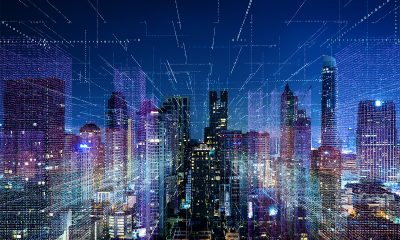
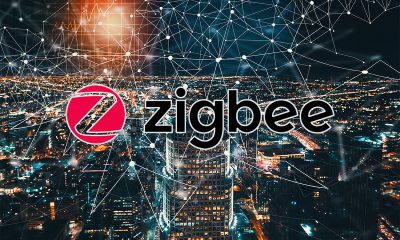
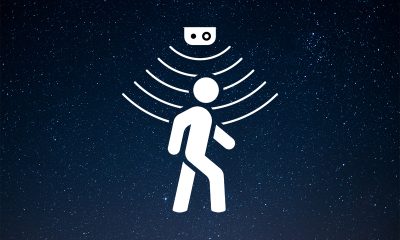








Loading...